Why employees feel dissatisfied with the recognition programme — common pitfalls in clarity, fairness, and timing, and how to fix them.
1. Employees are often unhappy with recognition programs due to ambiguity about program objectives, delays in recognition, and a lack of transparency and fairness.
2. Dissatisfaction can also be attributed to outdated modes of recognition, insufficient variety, and the absence of a digital platform.
3. Inadequate top management involvement, poor communication, and a lack of employee feedback further undermine the program’s effectiveness.
4. Addressing these issues is crucial to improving employee engagement, motivation, and overall productivity.
Most organizations today recognize the crucial role that rewards and recognition play in enhancingemployee morale. However, not all employee rewards and recognition programs meet employees’ needs and expectations. Hence, many employees in many organizations are unhappy with the recognition program.
Rewards and recognition programs have undergone significant evolution over the past several years.

Today, rewards and recognition are no longer just about appreciating employees’ efficiency.
Instead, it involves acknowledging employees’ overall contribution to business growth.
The growing demand for a highly competent and dedicated workforce has driven these changes in employee rewards programs.
Almost every organization today has an employee rewards and recognition program in place.
However, in many cases, the employees are not fully or even partially satisfied with these programs.
Understanding the reasons behind this dissatisfaction is essential. For this, we have put together a list of the common reasons that lead to the disappointment of employees with the rewards and recognition program in their organization:
1. Ambiguity about Program Objectives
2. Delays in Recognition
3. Lack Of Transparency and Fairness
4. Absence of Peer Recognition
5. Outdated Modes of Recognition
6. Inadequate Variety of Recognition
7. Absence of a Digital Platform
8. Inadequate User Experience with Digital Platform
9. Inadequate Integration with Other Platforms
10. Data-related Issues
11. Inadequate Value of Rewards
12. Inadequate Freedom of Choice
13. Inadequate Communication/ Visibility
14. Inadequate Involvement of the Top Management
15. Inadequate Feedback Process
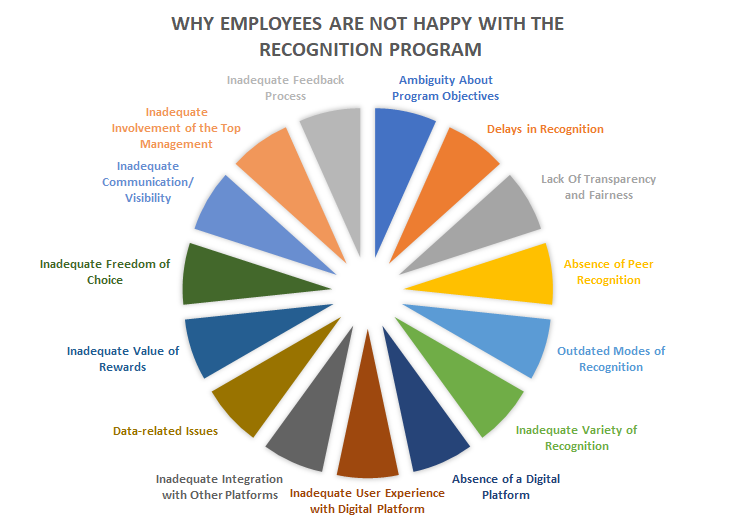

You might not have defined and communicated the program objectives as an organization.
The rewards and recognition being given might not be aligned with the business goals and the organization’s core values.
Hence, your employees are unclear about the program’s objectives and feel confused about participating.
Also, read 5 Steps to an Effective Employee Rewards and Recognition System

One primary reason employees might be unhappy with the recognition program is the delays in recognition.
If your recognition program lacks a spot or instant recognition component, your employees might have to wait weeks or months to receive it.
Delays in recognition after the achievement or milestone greatly diminish its value, almost making it a mere formality.
Hence, your employees are likely to be dissatisfied with the entire process. Timely recognition is one of the most critical success factors for any employee recognition program.
Also, read Why Timely Employee Recognition Is So Important?

Another reason your employees may be dissatisfied with the recognition program is the perceived lack of transparency and fairness in the process.
It can occur if the criteria for rewards and recognition, as well as the evaluation process, are not clearly defined. Supervisors and others might nominate employees for rewards without proper business justification.
Such instances can create serious doubts and distrust among employees about the program’s fairness.
This perception of bias and favoritism in the recognition process can render the program irrelevant and ineffective.
It can also lead to unhealthy workplace competition, which can ultimately be detrimental to the work environment.
Also, read Culture of Openness and Transparency Through Employee Recognition

Peer-to-peer recognition is a critical component of any successful employee recognition program.
When their peers recognize their co-workers, it gives them a great sense of pride and camaraderie.
Also, employees feel empowered when they can recognize their peers.
However, if only supervisors can recognize employees in your organization, then your program might lack those elements. Hence, it might lead to a drop in satisfaction with the program.
Also read Peer-to-Peer Recognition – Understanding the Nuts and Bolts

Your organization may be using recognition methods that are out of sync with the needs and expectations of the newer generation of employees, such as millennials. These methods may no longer be relevant or appropriate today.
They may include reward items such as trophies, medallions, expensive pens, and other memorabilia that might have diminished in relevance over time.
Hence, your employees might have lost interest in the program as they find it obsolete.
You must regularly update the methods of recognition, whether the processes or the reward items, to align with the changing expectations of employees.
Also, read A Guide for Adopting Modern Employee Recognition Practices

Employees of your organization may perceive the program as dull because it lacks variety in its recognition elements.
The same types of recognition might be repeating over time; this results in monotony for the employees. They might feel uninterested in participating in the program.
Your program must include various recognitions, such as Spot Awards, Monthly, Quarterly, and Annual Awards, as well as Peer Recognition, among others, with attractive names.
It would be best to tweak the recognition mix over time to include new categories and remove underperforming ones.
Also, read 7 Best Hacks For Your Employee Recognition Program
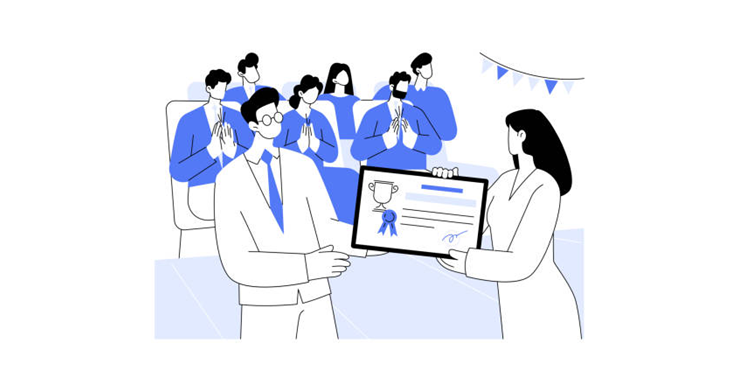
The lack of a proper digital platform can be a significant hindrance to your employee recognition platform. A majority of your employees would prefer a digital experience over offline methods.
Most employees would use digital platforms for almost everything in their personal and professional lives.
An offline recognition program might not be able to create the level of employee experience that your workforce would expect.
An excellent digital platform can enhance employee experience and help you automate and streamline the recognition process.
Also, read Key Reasons to Digitize an Employee Recognition Program.

Suppose your employee recognition platform lacks critical features, such as gamification, social media integration, user engagement, and a redemption module. In that case, your employees will likely be unhappy with the program.
The usability and user experience are critical to the adoption of the platform by employees, both supervisors and others.
Additionally, gamification features such as reward points, redemption options, and leaderboards are crucial in keeping employees engaged and enthusiastic about the program.
Your employees may not be satisfied with the recognition program if certain features are missing from the platform.
Also, read How to Choose the Best Employee Recognition System for Your Organization.

Your employees will also utilize several other digital platforms at the workplace, including Office 365, Google Workspace, Microsoft Teams, Slack, HRMS, and the Intranet.
If your employee recognition platform is not integrated with these platforms, then employees might not be able to access the recognition platform easily.
Ideally, employees should be able to access the recognition platform via single sign-on from another platform.
Your employees should also be able to view the rewards and recognition through other platforms. Again, this is a crucial feature that motivates participation in the program.
Hence, your employees will likely be unhappy with the program and participate less if such integration is missing.
Also, read Integrate Your Employee Recognition Platform With Other Apps
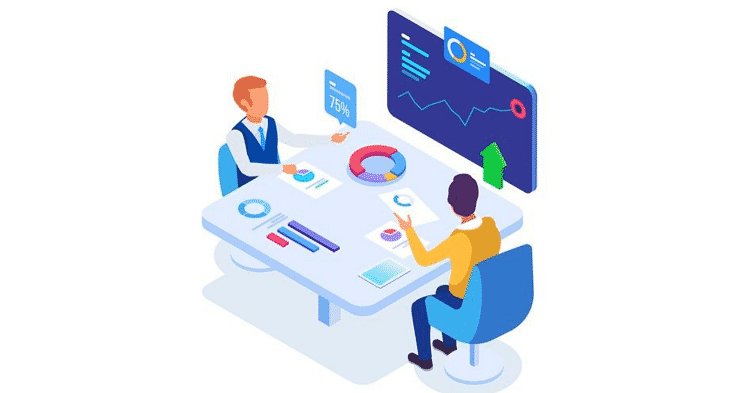
Notably, the employee data in your recognition platform should be in sync with the data in your HRMS or HRIS.
However, if that is not happening in real time or within a reasonable timeframe, then the data in your recognition system might be out-of-date and incorrect.
Additionally, other details such as job titles, functions, teams, and reporting managers may not be accurate.
It may result in discrepancies and errors in the recognition process. Hence, employees are likely to feel unhappy about it.

Whether it is monetary or non-monetary recognition, if your employees do not perceive its value as commensurate with their efforts or contributions, they will likely be unhappy.
Whatever the actual financial value of the reward, it is the perception of the employee that matters.
A good non-monetary award, such as personal interaction with the CEO or a skill development program, may be highly valued by employees.
The perception of value might depend on the employee’s profile and other factors.
Also, read 10 Best Non-Monetary Awards for Employee Recognition

Today’s employees receive rewards and recognition that match their needs. Consequently, if your reward program does not offer this freedom of choice, it may fail to impress them.
If they receive the same rewards over and over again for different achievements and contributions makes the process seem more like a formality.
Gift cards can give your employees the flexibility to choose their preferred options.
Also, read Freedom of Choice for Success of Employee Rewards Programs

If your organization has not promoted the program sufficiently and made it visible, your employees may not be satisfied.
Employees like the social visibility around the recognition program such as prominent announcements, large award ceremonies, postings on internal and external social platforms, etc.
Therefore, if your organization fails to communicate the program effectively, your employees will likely be dissatisfied with it.
Also, read Communication for Successful Employee Rewards and Recognition

When your top management does not actively participate in reward programs, it sends a negative message to the workforce.
They might start questioning the program’s importance and credibility in the absence of top management.
The lack of the top management presence as part of the program communication, awards ceremonies, etc. can cause disappointment among the employees about the program.
Also, read The Role of Top Management in Employee Rewards and Recognition
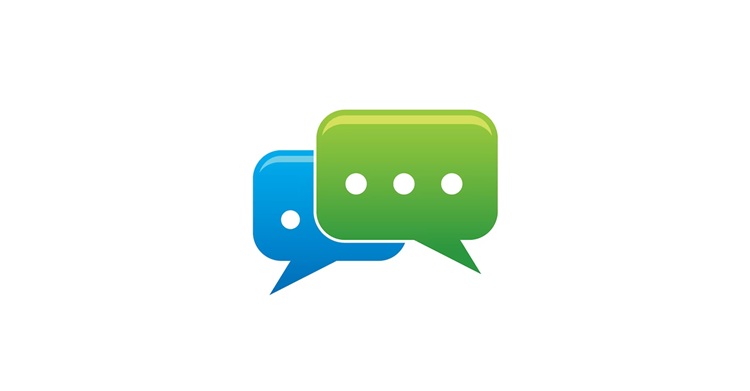
Since employee rewards and recognition programs aim to increase employee engagement, it is crucial to seek regular feedback from employees about their experiences.
Employees and their supervisors are important stakeholders of the program and their feedback is invaluable.
Ideally, you should collect regular feedback from them and modify the program accordingly. If you haven’t been doing that, you may miss opportunities to make the program more effective.
Additionally, your employees may be unhappy about being unable to express their opinions or share suggestions about the program.
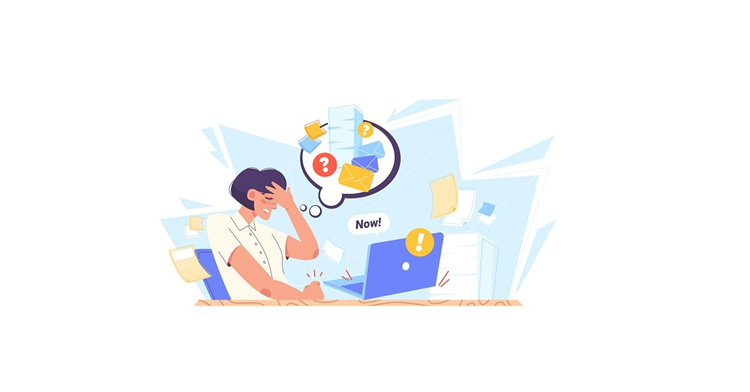
Ambiguity about program objectives—when goals aren’t clearly defined or aligned with business values, employees get confused or disconnected.
When awards or acknowledgments come long after the action, their impact weakens, and it feels more like a formality than genuine appreciation.
If criteria or selection processes are opaque, employees may suspect bias or favoritism, which can erode trust and legitimacy in the program.
The absence of peer-to-peer recognition can leave gaps—people want to be appreciated by colleagues, not just by supervisors.
Using trophies or physical awards that feel old-fashioned can make the program seem out of touch, especially for newer generations.
If recognition is always the same type, it becomes monotonous. Employees want multiple avenues, such as spot awards, monthly awards, and peer awards.
Without a digital platform, the user experience may be clunky or inaccessible, making it harder for employees to engage with and trust the program.
When employees feel the reward doesn’t match their contribution or expectations, or lacks meaning, they undervalue it.
If the program forces the same reward formats repeatedly, or doesn’t let employees pick what they value, it can feel impersonal or irrelevant.
Without effective promotion or visibility (such as announcements and internal communication), many will remain unaware or feel that the program isn’t taken seriously.
Understanding why your employees are unhappy with the recognition program is the first step toward addressing the issue. This dissatisfaction can have a profound negative impact on the effectiveness of your program. It may even lead to a decline in employee engagement and motivation, ultimately resulting in reduced productivity and slower business growth.
Also, read How to Revive a Fading Employee Recognition Program.

Lead author: Sagar Chaudhuri, the Co-Founder and CEO of HiFives. He is an HR Tech Evangelist with over 25 years of experience in both corporate and entrepreneurial settings. Previously, Sagar has held leadership roles with companies such as Genpact, Infosys, and ICICI Bank. He has an engineering degree from IIT Kharagpur and an MBA from IIM Lucknow. Connect on LinkedIn
To stay updated on the latest HiFives blogs, follow us on Twitter (@MyHiFives)